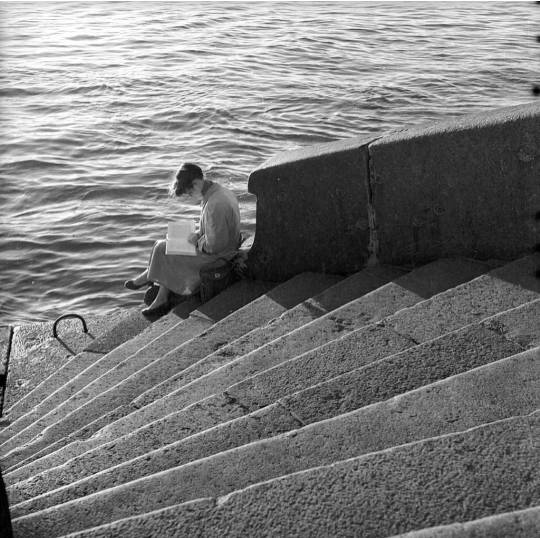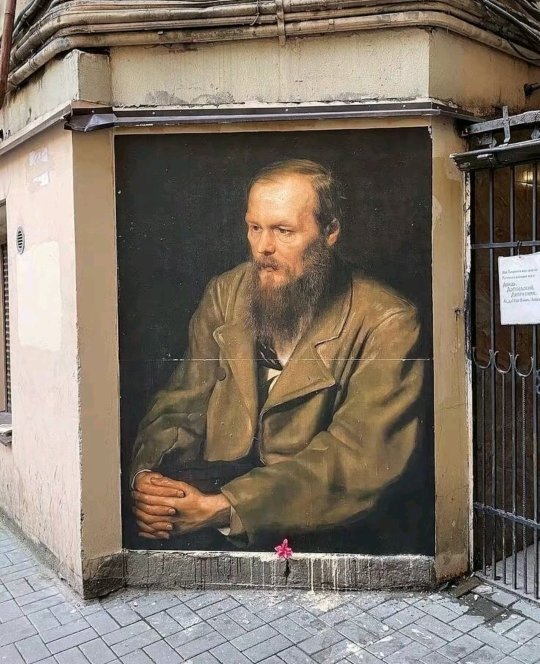Davide - Amateur traveller - Inspirations researcher - movies, books, music and art lover.
Don't wanna be here? Send us removal request.
Text




*La donna che ha dipinto per il futuro*
Nell'estate del 1986 un contadino svedese recuperò la sua casa di campagna abbandonata dall'ultimo inquilino che la affittava.
Nella cantina accanto all'abitazione ha trovato, coperte dalla polvere degli anni, delle enormi scatole di legno.
Quando le ha aperte è rimasto sconcertato.
C'erano 1200 quadri, alcuni molto grandi, con figure geometriche di colori intensi.
Chiamò un vicino che si presumeva più colto o informato, ma non capiva nemmeno quello che avevano appena scoperto.
Hanno supposto che i dipinti formassero una scenografia enorme, una cosa da scenografia o che, in linea, si trattasse di una merce clandestina.
Il vicino ha pensato di chiamare al telefono un amico che lavorava in un museo e questo gli ha chiesto se i quadri avessero una firma.
"Sì - disse il vicino - all'angolo dice Hilma Klint".
Sono arrivati alcuni funzionari e intenditori dell'arte e hanno portato via le scatole.
Alcune settimane dopo il Museo d'Arte di Stoccolma ha reso pubblica una scoperta insolita.
Si trattava di più di mille dipinti, disegni e saggi teorici, un'opera totalmente astratta, con forme geometriche di colore puro e fattura precisa, firmati e datati negli ultimi anni del XIX secolo e i primi del XX secolo.
L'insolito era nelle date:
erano stati dipinti prima che Kandinsky, Malevich e Mondrian "inventassero" la pittura astratta.
Hilma allora era un chiaro precursore.
Perché nessuno sapeva di lei? Perché i quadri erano nascosti?
Hilma Klint è nata a Stoccolma nel 1862.
Suo padre era un matematico e aveva un'ampia biblioteca in cui la piccola Hilma ha prescritto tutto ciò che riguarda la geometria e l'arte.
A vent'anni entrò all'Accademia svedese delle Arti, una delle poche scuole che ammettevano le donne e faceva parte della prima generazione di pittrici europee che allestivano mostre e vivevano del loro lavoro.
Dipingeva ritratti e paesaggi realistici che erano ben apprezzati dai suoi clienti. Diciamo che faceva un'opera dignitosa e ben fatta ma poco propositiva.
In quegli anni furono inventati i raggi X e scoprirono le onde elettromagnetiche, che potevano inviare informazioni attraverso l'aria e il vuoto.
Questi eventi hanno fatto saltare la testa a Hilma, che è giunta alla conclusione che esistono mondi paralleli invisibili.
Si è interessata a queste realtà alternative e a diversi piani di percezione.
Poiché in quel periodo le scienze erano volte allo spiritismo, e i loro confini erano confusi, Hilma andò a fare delle sessioni spiritiche.
La incoraggiava anche la possibilità di comunicare con la più amata delle sue sorelle, già morta.
Non riuscì a comunicare con sua sorella, ma formò un club con altre cinque donne;
si incontravano ogni venerdì, convocavano spiriti e svolgevano sessioni di pittura e poesia automatica (cosa che i surrealisti hanno fatto anni dopo).
Hilma iniziò a creare quadri rari con macchie casuali, fingendo di lasciarsi andare ad altre energie, poi andò a ordinare quel caos basandosi sulle strutture geometriche della natura, che conosceva bene fin da bambina.
Le è piaciuto.
Le è piaciuto così tanto che ha voluto dimenticare i suoi paesaggi e ritratti precedenti.
Tuttavia temeva per la sua reputazione di "ritrattista seria" e la sua solvibilità economica.
Ha preso una decisione sconcertante: condurre una doppia vita. Dedicava alcuni giorni a dipingere le sue commissioni e altri a chiudersi in una casa di campagna per scatenare una passione creativa che teneva in assoluto segreta.
Due pittrici in una sola persona.
Così se l'è portata via diversi anni e il giorno in cui ha redatto il suo testamento, ha messo come unico erede suo nipote Erick, a condizione che conservasse i suoi dipinti in scatole di legno, che potevano essere aperti solo vent'anni dopo la sua morte.
Perché diavolo ha deciso questo?
Forse considerava i suoi dipinti una visione molto intima e sincera, solo riguardo a se stessa; forse pensava che la sua opera fosse completamente fuori dalle regole accademiche e renderla pubblica avrebbe messo fine alla sua carriera di successo; o forse ha avuto l'ego e l'enorme arroganza da supporre che il mondo non era pronto a vedere la sua opera.
Pure supposizioni.
Hilma non ha spiegato nulla.
Ma ecco a voi che la vita ha deciso un'altra cosa: il nipote ha lasciato questo mondo prima della data della rivelazione e i dipinti sono rimasti nascosti per molti anni più di quelli che Hilma desiderava, fino al 1986, quando il contadino svedese li ha trovati o nella sua cantina.
Negli anni Ottanta erano già totalmente assimilate le avanguardie dell'inizio del secolo; l'arte seguiva le sue strade, più diverse che mai.
In mezzo a questo rumore mondiale, Hilma Klint tornò dall'aldilà per prendere il suo posto come la vera madre di tutti gli avventurieri dell'astrazione.
Da Anartist
13 notes
·
View notes
Video
63 notes
·
View notes
Text
38 notes
·
View notes
Text






"If bears were bees, they would never ever ever think of bulding their home so high up!"
Winnie the Pooh (USSR, 1969)
418 notes
·
View notes
Text

The beautiful villages of Calabria’s “Grecanica Area”, in the deep south of Italy
Calabria is known as the crossroads of Mediterranean cultures and throughout its history has been home to several people, especially the Greeks, dating back to antiquity. This Greek history is evidenced by an area called the Area Grecanica or Bovesia where you can still breathe the air of ancient Magna Grecia (Latin for “Great Greece" as named by the Romans for the amount of Greek settlers in the area) .

The Grecanica area includes several municipalities in the province of Reggio Calabria, some of these municipalities have become ‘ghost villages’ as inhabitants have moved to larger cities in search of work. However, there are still some residents out of the 20,000 who inhabit the area which have kept their languange, cusine and culture alive. Here are some beautiful ancient villages to discover throughout Calabria’s “Area Grecanica”.
Bova

Listed among the most beautiful villages in Italy, Bova is considered the cultural capital of the Grecanica area. Among the sights to visit in the village be sure to see the church of San Rocco, located at the entrance of the town and well as ruins of the ancient Norman Castle, which offers some of the best panoramas in the south of Italy. The village also houses two important museums: the Museum of the Greek Language and the Aspromonte Civic Museum of Paleontology and Natural Sciences.

The cuisine is a mix of typical Mediterranean flavours with those of Greek origin. There are several dishes to try, such as maccheroni with goat sauce, ‘tagghiarini’ with chickpeas, goat meat “alla vutana”, cured meats (such as capocollo and soppressata) and musulupa, a cheese carved to resemble an amulet (in the picture above).
Pentedattilo

Perched high on a rocky outcrop, with buildings precariously built under overhanging cliffs, is the beautiful remains of Pentedattilo. The village is a 45 minute drive from Reggio Calabria. It got its name from the Byzantine word Pentedáktilos, which means five fingers, a reference to the five deep valleys surrounding the mountainous village which offers a wonderful view of the sea.

Pentedattilo is actually one of the oldest ghost towns of Italy, the town was severely damaged by an earthquake in 1783, which led to large parts of the population moving to the nearby seaside port town of Melito Porto Salvo. Today a modern-day with the same name of Pentedattilo was built on another hilltop a bit closer to the sea. The residents still attend Catholic services in the restored Chiesa dei Pietro e Paolo (Church of Saints Peter and Paul) standing proudly against the threat of Nature under the cliffs in the old town.

After some restoration in the 1980s, the old village today has a few new residents, although there are many ruins still without roofs, windows or doors. Oddly enough, the village became the site of the International Pentedattilo Film Festival.
Gallicianò

Probably the most Grecanic of the Bovesia villages, Gallicianò appears almost like an “other world” given its inaccessible position that makes it very difficult to reach. In Gallicianò the very few remaining inhabitants proudly speak Greek, handed down orally in the family environment from parents to children and completely incomprehensible to Italian-speaking Calabrians. This sort of isolation has allowed us to keep cultural, cuisine and musical traditions intact.

Roghudi Vecchia
This ancient town is located 48 km away from the coast, near Melito Porto Salvo. Roghudi Vecchia, now depopulated is almost hidden, perched on a cliff surrounded by two rivers (the Amendolea and the Furria) which both flow into the Amendolea river. The town dates back to the 11th century, with evidence that it was mainly populated by Greek settlers. Visit this ghost village to weave through the alleys of the old houses, under the crumbling rock and be reminded of a time long gone. Only a few elders remain on their land, however all of the younger generation have left. Not far from the old Roghudi there is the town of Chorio, a small group of houses which are also mostly abandoned.

68 notes
·
View notes
Text
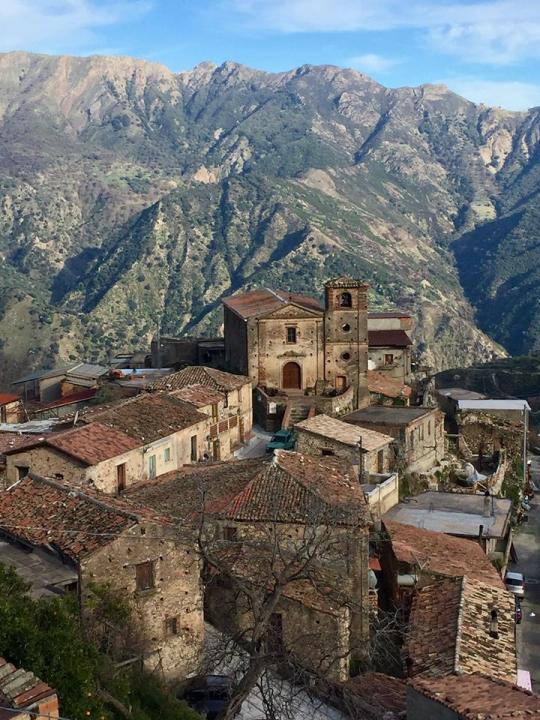
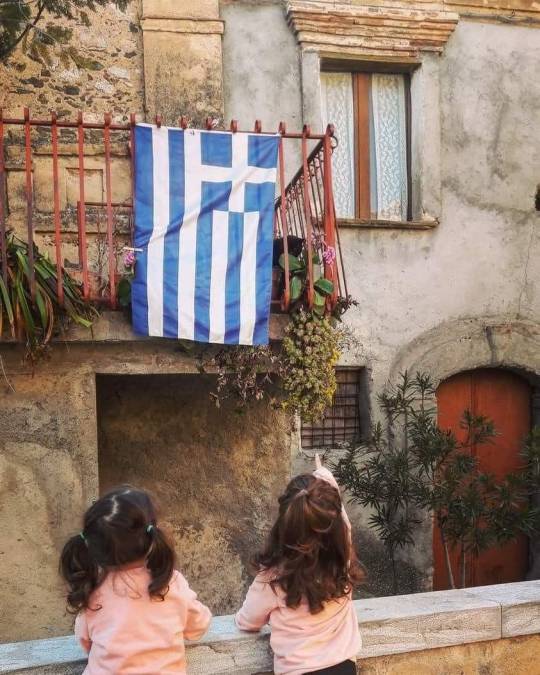
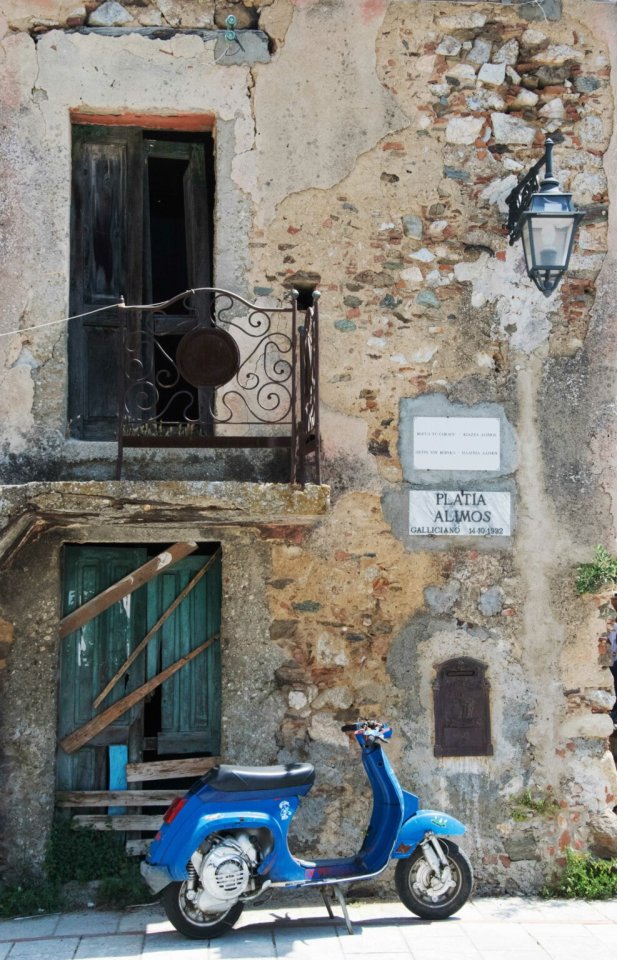
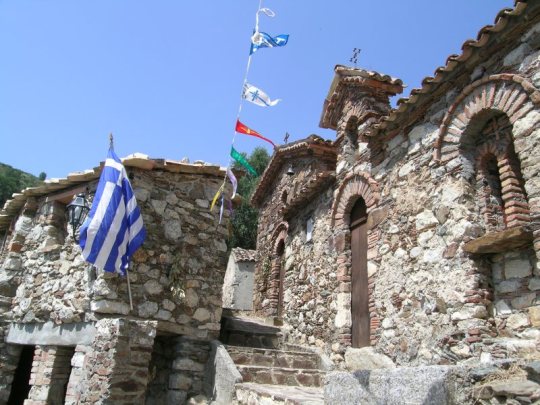
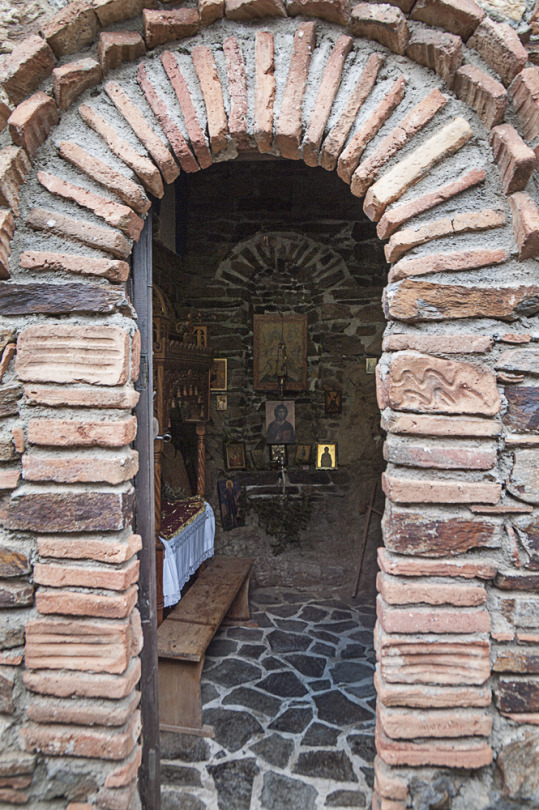
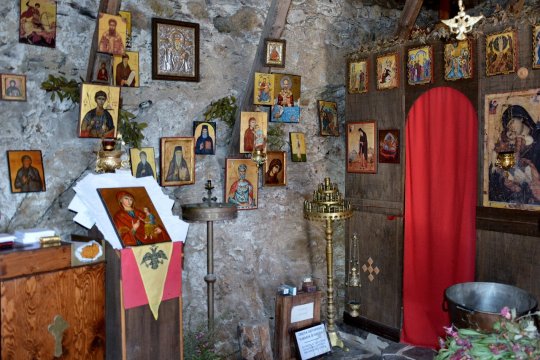
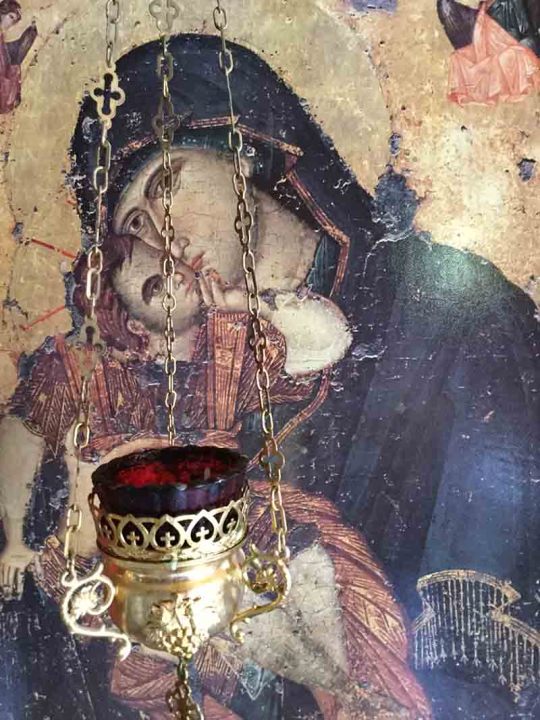
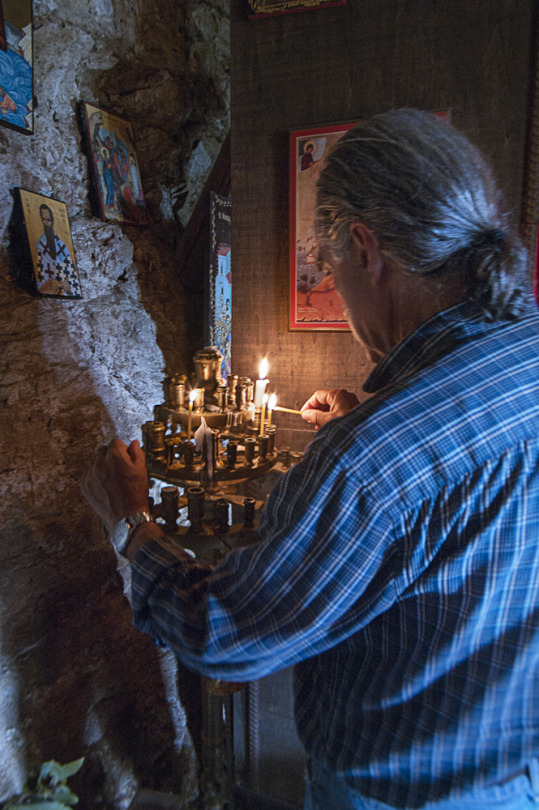
Greek-Byzantine legacy in Gallicianò, Calabria, Italy
Follow us on Instagram, @calabria_mediterranea
388 notes
·
View notes
Text
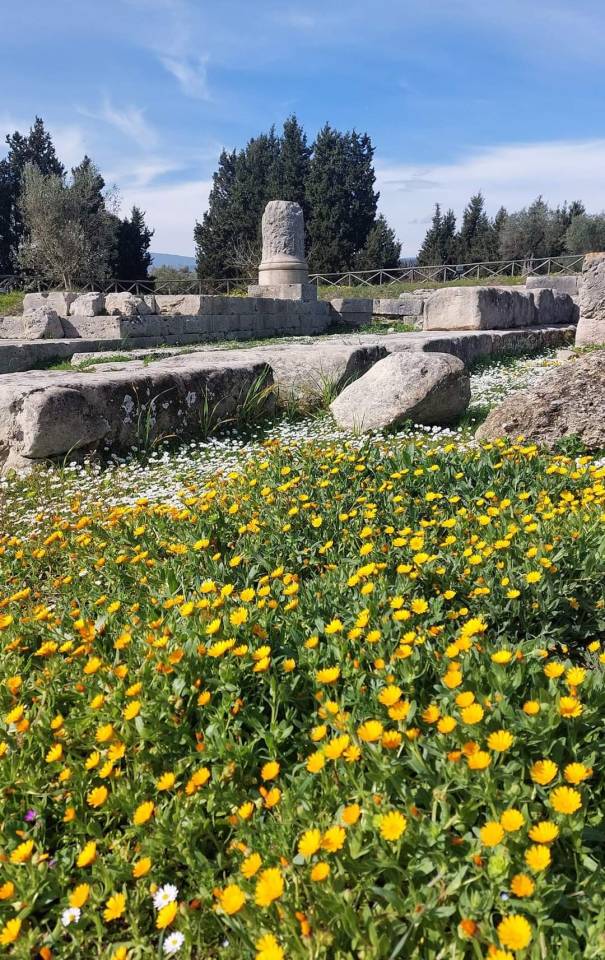


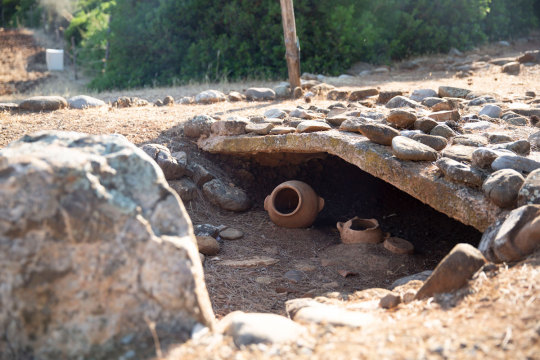
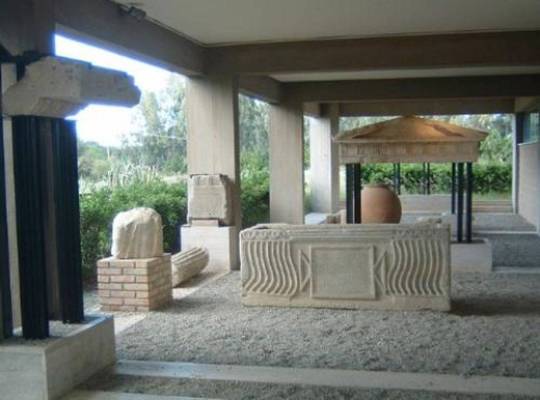
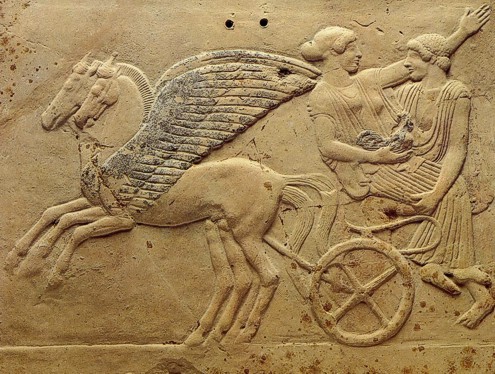


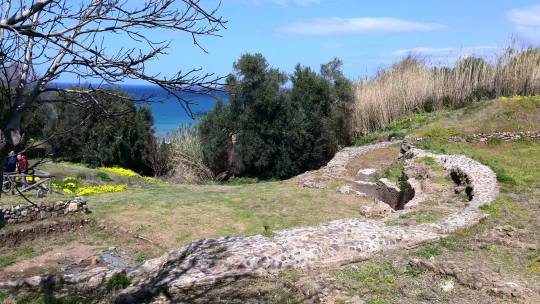

Locri, Calabria, Italy
Locri Epizefiri (Greek Λοκροί Ἐπιζεφύριοι; from the plural of Λοκρός, Lokros, "a Locrian" and ἐπί epi, "on", Ζέφυρος (Zephyros), West Wind, thus "The Western Locrians") was founded about 680 BC on the Italian shore of the Ionian Sea, near modern Capo Zefirio, in Southern Italy's Calabria, by the Locrians, apparently by Opuntii (East Locrians) from the city of Opus, but including Ozolae (West Locrians) and Lacedaemonians.
Due to fierce winds at an original settlement, the settlers moved to the present site. After a century, a defensive wall was built. Outside the city there are several necropoleis, some of which are very large.
Locris was the site of two great sanctuaries, that of Persephone and of Aphrodite. Perhaps uniquely, Persephone was worshiped as protector of marriage and childbirth, a role usually assumed by Hera, and Diodorus Siculus knew the temple there as the most illustrious in Italy.
In the early centuries Locris was allied with Sparta, and later with Syracuse. It founded two colonies of its own, Hipponion and Medma.
During the 5th century BC, votive pinakes in terracotta were often dedicated as offerings to the goddess, made in series and painted with bright colors, animated by scenes connected to the myth of Persephone. Many of these pinakes are now on display in the National Museum of Magna Græcia in Reggio Calabria. Locrian pinakes represent one of the most significant categories of objects from Magna Graecia, both as documents of religious practice and as works of art. In the iconography of votive plaques at Locri, her abduction and marriage to Hades served as an emblem of the marital state, children at Locri were dedicated to Persephone, and maidens about to be wed brought their peplos to be blessed.
During the Pyrrhic Wars (280-275 BC) fought between Pyrrhus of Epirus and Rome, Locris accepted a Roman garrison and fought against the Epirote king. However, the city changed sides numerous times during the war. Bronze tablets from the treasury of its Olympeum, a temple to Zeus, record payments to a 'king', generally thought to be Pyrrhus. Despite this, Pyrrhus plundered the temple of Persephone at Locris before his return to Epirus, an event which would live on in the memory of the Greeks of Italy. At the end of the war, perhaps to allay fears about its loyalty, Locris minted coins depicting a seated Rome being crowned by 'Pistis', a goddess personifying good faith and loyalty, and returned to the Roman fold.
The city was abandoned in the 5th century AD. The town was finally destroyed by the Saracens in 915. The survivors fled inland about 10 kilometres (6 mi) to the town Gerace on the slopes of the Aspromonte.
Today, the modern town of Locri boasts a National Museum and an Archaeological Park, etirely dedicated to the ancient Greek city. The museum preserves the most important findings of the time, such as vases, pinakes, tools used in everyday life, architectural remains from the various excavation area.
Follow us on Instagram, @calabria_mediterranea
208 notes
·
View notes

